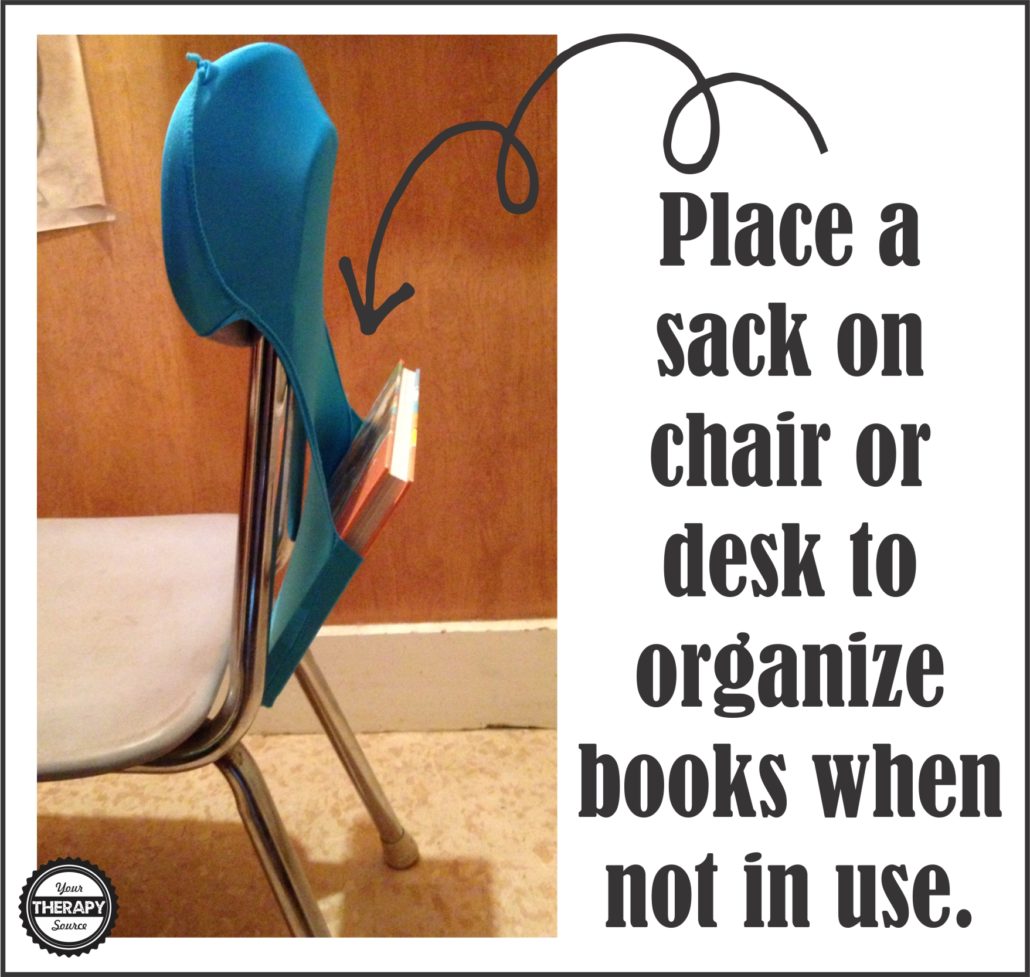How to Be An Organized Student
Do you work with students who have trouble with organizational skills? It can be very difficult to manage assignments, books, backpack, notebooks, calculators, folders, pens and pencils especially when you have to move from class to class. Today with 1:1 technology, students are bombarded with distractions. It is critical that they establish routines to stay on track to meet due dates and deadlines. There are several steps you can take to help young people learn how to be an organized student.
10 Tips on How to Be an Organized Student
Here are 10 tips to help students to stay organized throughout the day at school and at home.
Be a Role Model
Did you know that children learn from their role models? When adults model good behavior, it encourages kids to behave in a similar way. Be a good role model. Work on having your desk and classroom materials organized.
Remove Clutter
Remove or have the student remove all unnecessary materials, papers or books from work area.
Schedule Time to Organize
It can be very beneficial to set aside time daily or weekly to organize work and clean up. If you make it part of your weekly schedule to tidy up and write your to-do lists it will help improve your organizational skills.
Use Containers
Use containers to organize pencils, pens, crayons, etc. It can make you feel more organized and ready to work when you see your school supplies all neatly in their place. Label your containers to make your workspace neat and organized.
Create Extra Storage Space
If you do not have enough space on your desk, get creative. Place a book cover on a chair or desk to organize books when not in use.
Provide Visual Supports
If the top of your workspace or desk is always a mess, try using coloring tape to mark off a rectangle on the desktop to indicate where the binder should go or other schoolwork.
Break Down Big Tasks
Large homework assignments or in-class projects can be overwhelming. Break down long projects or tasks into smaller parts – provide materials at the desk needed for each part rather than the entire project. Show your students how to set goals and take action steps to reach them.
Keep It Simple
To prevent disorganization, provide your students with assignments one at a time i.e. one worksheet at a time.
Be very clear about important due dates, perhaps providing a checklist of what should be as part of their daily routines.
Use a Planner
Encourage the student to use a planner or agenda and write down assignments as soon as possible. Try using a digital calendar or Google calendar to support good organizational skills.
Color-Code Subjects
One easy way to encourage good organization habits is to color-code notebooks and folders based on the subject.
Provide Guided Notes
Some students find it easier to be more organized if the teacher provides guided notes in an outline format and highlights important topics in different colors.
More Resources to Learn How to Be An Organized Student
Modifications and Interventions for School provides pediatric therapists with over sixty, reproducible reporting forms with hundreds of suggested modifications and interventions for students. Interventions are listed by skill areas such as handwriting, scissors, dressing, walking, stairs, wheelchair skills and sensory skills. This book is a great tool for all school based therapists and teachers to determine what modifications and interventions are successful for a particular student. FIND OUT MORE.
For older students, you can download worksheets to help support this organizational system for high school and college students here.
Read more on how to teach organizational skills to high school students here.
For older students, you can download worksheets to help support this organizational system for high school and college students here.







